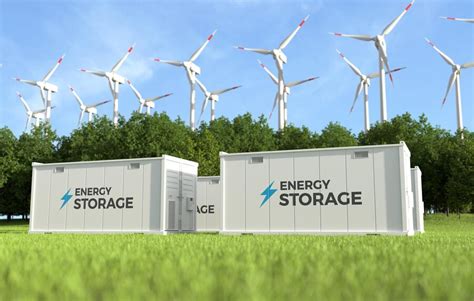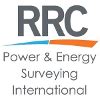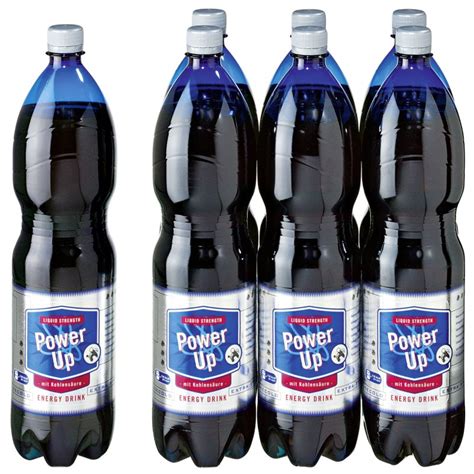As the world continues to shift towards renewable energy sources, wind energy has emerged as a leading contender in the race to reduce our reliance on fossil fuels. However, one of the major challenges associated with wind energy is its intermittent nature, which makes it difficult to ensure a stable power supply. To address this issue, researchers and engineers have been exploring various methods to store wind energy, allowing us to harness its full potential and provide a reliable source of power. In this article, we will delve into five innovative ways to store wind energy, highlighting their benefits, limitations, and potential applications.
Key Points
- Pumped Hydro Storage (PHS) is a widely used method for storing wind energy, with a global installed capacity of over 150 GW.
- Compressed Air Energy Storage (CAES) offers a promising alternative to PHS, with the potential to store large amounts of energy at a lower cost.
- Battery Energy Storage Systems (BESS) are becoming increasingly popular for wind energy storage, thanks to advancements in technology and decreasing costs.
- Hydrogen Storage is an emerging technology that involves converting excess wind energy into hydrogen gas, which can be stored and used to generate power when needed.
- Thermal Energy Storage (TES) systems use molten salt or other phase-change materials to store thermal energy generated by wind power, allowing for efficient and cost-effective energy storage.
Pumped Hydro Storage (PHS)

Pumped Hydro Storage (PHS) is one of the most widely used methods for storing wind energy. This technology involves pumping water from a lower reservoir to an upper reservoir during off-peak hours, using excess wind energy. During peak hours, the water is released back into the lower reservoir, generating electricity through hydroelectric turbines. PHS has a global installed capacity of over 150 GW, making it the largest form of energy storage in the world. The efficiency of PHS systems can range from 70% to 90%, depending on the design and operation of the system.
Benefits and Limitations of PHS
PHS offers several benefits, including high efficiency, long lifespan, and low maintenance costs. However, it also has some limitations, such as the need for suitable geography, high upfront costs, and potential environmental impacts. Despite these limitations, PHS remains a vital component of many wind energy systems, providing a reliable and efficient means of storing excess energy.
Compressed Air Energy Storage (CAES)

Compressed Air Energy Storage (CAES) is another innovative method for storing wind energy. This technology involves compressing air in an underground cavern during off-peak hours, using excess wind energy. The compressed air is then expanded to generate electricity during peak hours, using a turbine or engine. CAES offers a promising alternative to PHS, with the potential to store large amounts of energy at a lower cost. The cost-effectiveness of CAES systems is expected to improve as the technology advances and economies of scale are achieved.
Technical Specifications of CAES
CAES systems typically consist of three main components: the compressor, the storage cavern, and the expander. The compressor is used to compress the air to high pressures, typically between 50 and 100 bar. The storage cavern is a large underground chamber that stores the compressed air. The expander is used to expand the compressed air, generating electricity through a turbine or engine.
| CAES System Component | Technical Specification |
|---|---|
| Compressor | 50-100 bar pressure range |
| Storage Cavern | Volume: 100,000-1,000,000 m³ |
| Expander | Efficiency: 70-90% |

Battery Energy Storage Systems (BESS)
Battery Energy Storage Systems (BESS) are becoming increasingly popular for wind energy storage, thanks to advancements in technology and decreasing costs. BESS involves using batteries to store excess wind energy, which can then be used to generate power during peak hours. The lithium-ion battery is a commonly used technology in BESS, due to its high energy density and long lifespan.
Benefits and Applications of BESS
BESS offers several benefits, including high flexibility, low maintenance costs, and fast response times. BESS can be used for a variety of applications, including grid stabilization, peak shaving, and renewable energy integration. However, BESS also has some limitations, such as high upfront costs and limited lifespan. Despite these limitations, BESS is becoming an essential component of many wind energy systems, providing a reliable and efficient means of storing excess energy.
Hydrogen Storage
Hydrogen Storage is an emerging technology that involves converting excess wind energy into hydrogen gas, which can be stored and used to generate power when needed. This technology involves using electrolysis to split water into hydrogen and oxygen, which are then stored in separate tanks. The hydrogen gas can be used to generate electricity through a fuel cell or internal combustion engine.
Technical Challenges of Hydrogen Storage
Hydrogen Storage faces several technical challenges, including high energy losses during the electrolysis process, limited efficiency of fuel cells, and high costs of hydrogen storage systems. However, researchers are actively working to address these challenges, and Hydrogen Storage is expected to play a significant role in the future of wind energy storage.
Thermal Energy Storage (TES)

Thermal Energy Storage (TES) systems use molten salt or other phase-change materials to store thermal energy generated by wind power, allowing for efficient and cost-effective energy storage. TES involves heating a thermal storage medium, such as molten salt, during off-peak hours, using excess wind energy. The thermal energy is then used to generate electricity during peak hours, using a steam turbine or other heat engine.
Benefits and Applications of TES
TES offers several benefits, including high efficiency, low maintenance costs, and long lifespan. TES can be used for a variety of applications, including power generation, heating and cooling, and industrial processes. However, TES also has some limitations, such as high upfront costs and limited scalability. Despite these limitations, TES is becoming an essential component of many wind energy systems, providing a reliable and efficient means of storing excess energy.
What is the most widely used method for storing wind energy?
+Pumped Hydro Storage (PHS) is the most widely used method for storing wind energy, with a global installed capacity of over 150 GW.
What are the benefits of using Compressed Air Energy Storage (CAES) for wind energy storage?
+CAES offers several benefits, including high efficiency, low maintenance costs, and potential to store large amounts of energy at a lower cost.
What is the role of Battery Energy Storage Systems (BESS) in wind energy storage?
+BESS involves using batteries to store excess wind energy, which can then be used to generate power during peak hours. BESS offers several benefits, including high flexibility, low maintenance costs, and fast response times.



